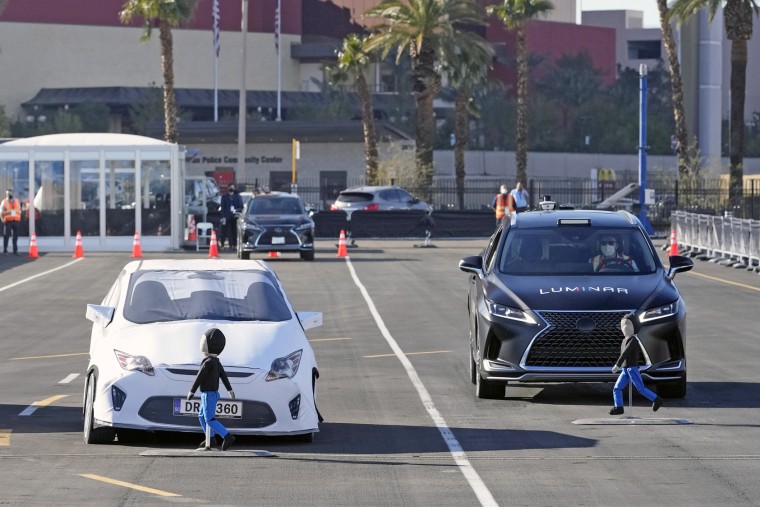The Biden Administration’s recent mandate requiring advanced safety technology in all new cars and trucks is a significant step towards improving road safety for all motorists and passengers. This new regulation will have far-reaching impacts on the automotive industry and promises to save countless lives through the implementation of cutting-edge safety features.
One of the key technologies that will be mandated is Automatic Emergency Braking (AEB). This system utilizes sensors to detect potential collisions and automatically applies the brakes if the driver fails to do so in time. Studies have shown that vehicles equipped with AEB have a significantly lower rate of rear-end collisions, making it a vital tool in preventing accidents and reducing their severity.
Another important safety feature that will become standard is Lane-Keeping Assist (LKA). This technology helps drivers stay in their lane by providing steering input or warnings when they drift out of their lane without signaling. LKA not only prevents dangerous lane departure accidents but also helps combat driver fatigue by assisting in maintaining a steady course on long journeys.
Adaptive Cruise Control (ACC) is another crucial technology that will now be required in new vehicles. ACC uses sensors to maintain a safe following distance from the vehicle ahead, adjusting the speed of the car automatically to prevent rear-end collisions and promote smoother traffic flow. By reducing the occurrence of sudden braking and acceleration, ACC contributes to a safer and more efficient driving experience.
The mandate also includes provisions for ensuring the compatibility of vehicles with vulnerable road users, such as pedestrians and cyclists. This focus on external safety is a welcome addition to the regulations, as it acknowledges the importance of protecting all road users, not just those inside the vehicle.
In addition to these specific technologies, the Biden Administration’s mandate underscores the broader shift towards prioritizing safety and innovation in the automotive industry. By requiring advanced safety features in all new vehicles, the administration is sending a clear signal that the protection of lives on the road is paramount.
While some may argue that mandating these technologies could increase vehicle costs, the potential benefits far outweigh the initial investment. The reduction in accidents, injuries, and fatalities resulting from the widespread adoption of advanced safety tech will lead to long-term savings in healthcare costs, vehicle repairs, and societal impacts.
In conclusion, the Biden Administration’s decision to require advanced safety technology in all new cars and trucks is a commendable and necessary step in the advancement of road safety. By making cutting-edge safety features standard across the industry, this mandate has the potential to save lives, reduce accidents, and transform the way we approach vehicle safety. As technology continues to evolve, it is crucial that regulators and manufacturers work together to ensure that our roads are safer for everyone.

